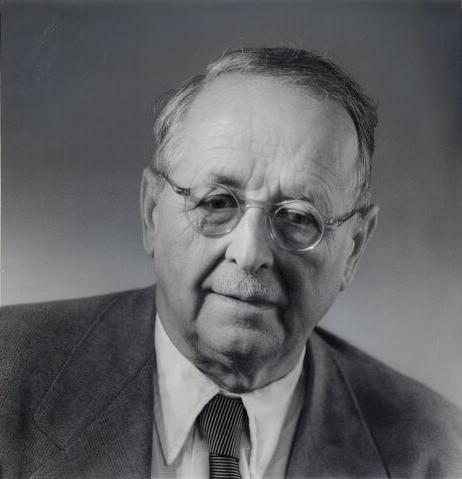
What’s the deal with those laundry symbols, and how do I tell them apart?

What’s the deal with those laundry symbols, and how do I tell them apart?

Left to our own devices and allowed to live without constant fear of death by hunger or violence, we devise some pretty startling stuff.
Sure, some of our better efforts don’t outlast our calamities, or go obsolete before their time or simply never get their chance to shine because no one yet recognizes the need for them. But you can’t keep a good idea down forever, as I explore in this list of …

The idea of a document that extends protections over subjects as they travel is old — as in, Old Testament old. But the standardized booklet that we now use for establishing identity and citizenship when crossing international borders has only been with us for about a century. More to the point, in the post-9/11 world, it’s become a lot more important.
In this article, I cover the ins and outs of how to get one, when you’ll need one, and what to do if you lose one. Along the way, I’ll pass along some travel tips, discuss passport alternatives and help you protect your children from abduction across national borders.

In 1928, the equations of British physicist Paul Dirac helped to describe the workings of the subatomic particles known as fermions. Within a year, other theorists – including a contemporary and schoolmate of Einstein’s named Hermann Weyl – had come up with solutions to Dirac’s equations that meant two other, quite odd types of fermions might also exist.
Proving them right would take some time, and Weyl’s quasiparticle assumed a kind of legendary status until 2015, when three separate teams confirmed its existence (my article says two, but a third popped up after I wrote it). Read on to find out more about this “ghost particle” and how it could transform electronics.
Meet Weyl, the Massless Particle That Could Upend Electronics
Eduard Piotrowski of Poland’s University of Krakow published the first major blood spatter study in 1895, but its impact was limited to a few inventive European sleuths like German chemist Paul Jeserich and French forensic scientist Victor Balthazard. The American legal system did not adopt spatter analysis as evidence until the landmark case of State of Ohio v. Samuel Sheppard, and the field did not truly take off until the 1970s, after forensics expert Herbert MacDonell published his influential Flight Characteristics of Human Blood and Stain Patterns.
Blood spatter analysis has undergone major refinements in methods and language since then, including a recent and growing shift toward incorporating computers. I discuss several of these shifts in my 2015 update of Shanna Freeman’s 2007 article: